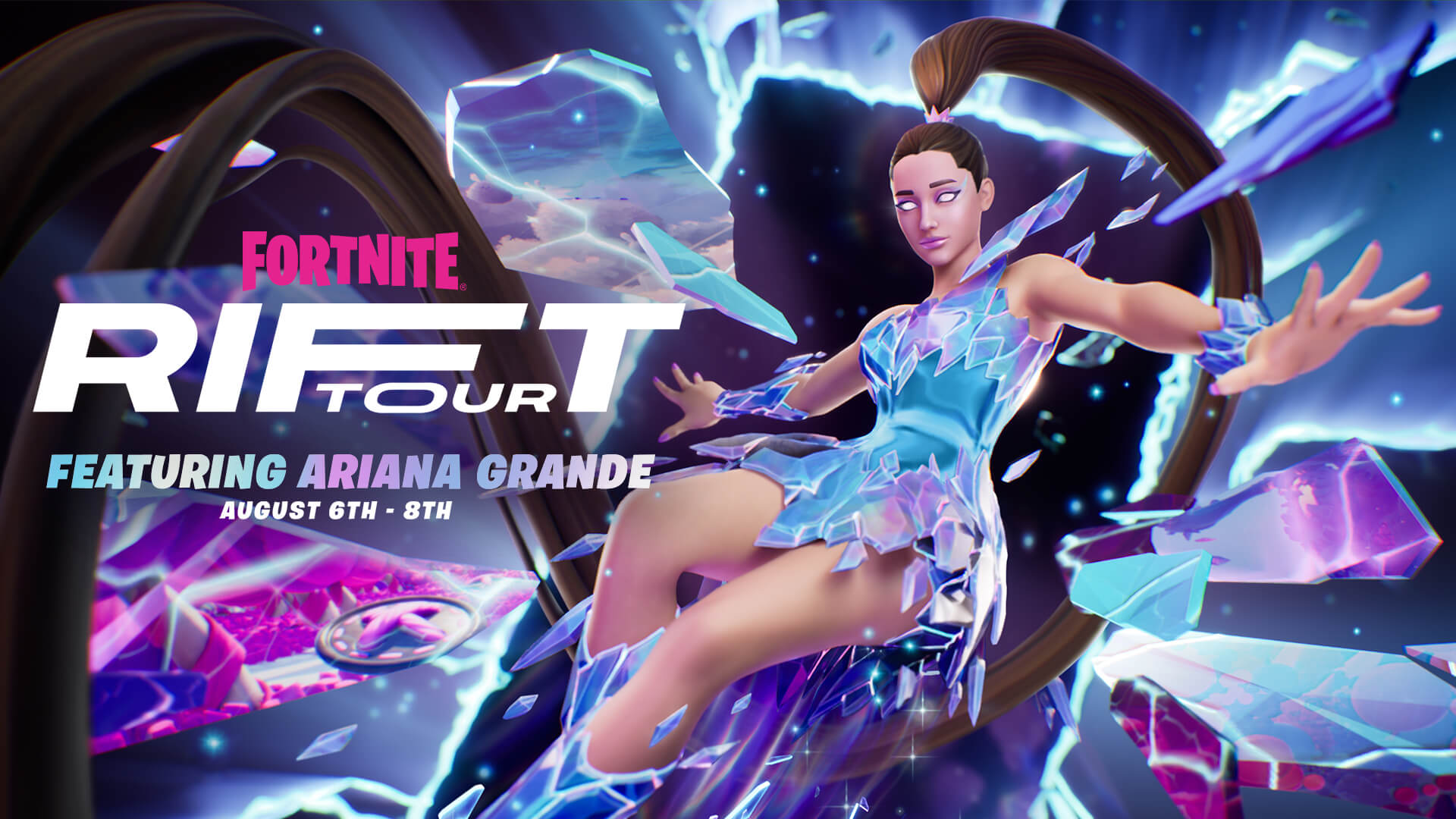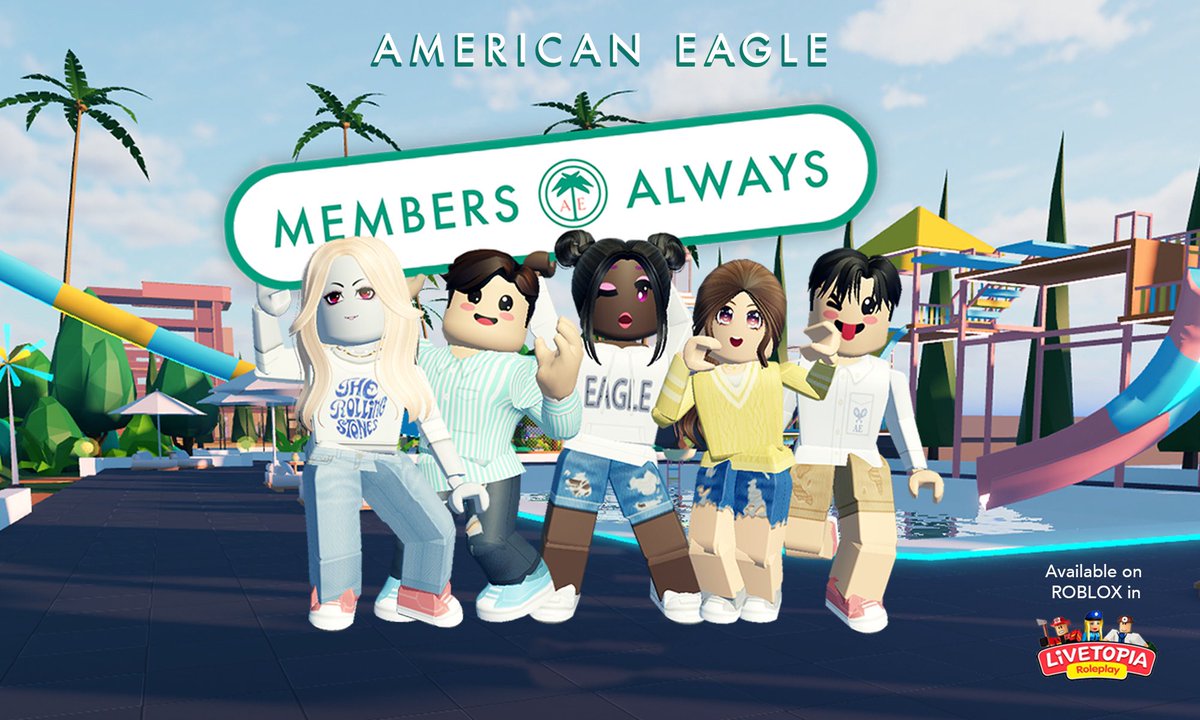
Why the metaverse is a chance for us to rethink how advertising is done
Preparing for the virtual future
Depending on who you talk to, the metaverse is either on its way, or is already here. Regardless, platforms like Roblox, Fortnite and Minecraft are helping advertisers begin to understand what is possible in this new space. As an industry, we need to make sure we are fully prepared for a virtual future.
The construction of the metaverse
Our industry works as part of the gaming sector, and converses with developers on a daily basis. As a result, it's easy to see how games are pushing the boundaries of a tradition and allowing us to see what might be possible in the metaverse.
Platforms like Roblox and Fortnite are hosting concerts, creating spaces for players to hang out and socialise in new and innovative ways, airing films and TV shows, and even creating memorials, like the recent Fortnite Martin Luther King experience. Additionally, these platforms are both fuelled by user-generated content, which, according to NewZoo, will be key for the metaverse to thrive and scale effectively.

It is, however, not just in gaming that we are seeing entry points into the metaverse. Wherever there are big online communities engaging with each other, metaverses are starting to emerge.
Many companies outside of gaming are working towards this all-encompassing virtual space. Facebook’s big rebrand to Meta signalled the emphasis they are placing on entering and occupying the metaverse from a social perspective, and Microsoft is laying the foundations of what working virtually via the metaverse might look like.
Companies working with future-facing technologies like blockchain, NFTs, VR and AR are also finding ways in which they can integrate into the metaverse. The challenge we are going to face is how we connect all these platforms in a way that is accessible for users. After all, decentralisation and connectedness are the two basic elements of the metaverse.
How in-game advertising is helping advertisers prepare
There is a temptation for many advertisers to see the metaverse as another digital channel to complement their existing digital outreach. This train of thought is dangerous, as it leads to the assumption that we can simply take our digital channels and shoehorn them into the metaverse.
The biggest difference is that it is 3D, rather than the 2D environment we have been used to. This brings tons of opportunities for advertisers to connect with consumers in fun and meaningful ways. However, it also brings a host of new challenges. Besides, end-users (aka metaverse dwellers) are ready to take an active part in the communication process and want to impact and even build the conversational flows.
Rather than simply another digital channel, the metaverse will be the digital channel: a space where we will work, socialise, learn, carry out transactions, and consume a huge variety of media. This presents brands with an exciting opportunity to rethink how they want to be perceived in the virtual 3D world.
Brands of all sizes can now enter the gaming space in several ways. Simple methods include running banner and video ads within placements that perfectly complement the gaming experience, like roadside billboards and sports stadium banners.
Alternatively, advertisers can go all-in by creating custom activations, like sponsoring an event, taking over all the ad space in an entire experience or having their brand appear on player kits or custom vehicles. As we move further into the metaverse, these activations will become even more varied. Rather than having a handful of options to choose from, advertisers will be presented with thousands of different opportunities to reach audiences in new, engaging, and innovative ways.
The collision of the virtual and the digital
Today, the digital realm is very much disconnected. We go to streaming sites to consume media, visit individual websites to make purchases and then jump onto social media platforms to catch up with friends, family and acquaintances.
The metaverse will bring all of these activities together, and the customer journey will become fast and fluid. You will be able to discover products, virtually test them out, make a purchase, and then tell others about it, all within the same space. And it’s not a matter of will this happen, it’s a matter of when.
“Surely not all businesses will suit or want to take part in the metaverse?”, I hear you say. Well, if we take ecommerce as an example; prior to the pandemic, a lot of companies had either ignored or not even set themselves up online. The pandemic changed all this and forced companies to quickly establish an online presence or change their current approach if they wanted to survive. It also forced consumers to go online to shop, as many of the physical alternatives were not possible.
According to Forbes, ecommerce sales in the US grew by 50% to $870 billion during the pandemic. With everyone suddenly carrying out all their transactions online, if a company wanted to survive and thrive, that is where they needed to be.
According to Newzoo’s latest metaverse report, “consumers are enthused by the idea of the metaverse: the response to the overall concept is overwhelmingly positive, and all ideas are good ideas at this point.” Brands will need to understand where and how they fit in if they want to continue to stay relevant. This is in the context of demand for metaverse-like spaces ramping up, more people getting used to using them and many services beginning to operate within them.
The metaverse will enhance traditional advertising
With so much focus on how innovative, exciting and breath-taking advertising will be within the metaverse, it is easy to think it will supersede all the traditional advertising methods we currently use. However, rather than replacing them, the metaverse will help to enhance them and give birth to new advertising forms, which we are already seeing happen.
If we take Roblox again as an example of a metaverse platform, advertisers are running multi-channel campaigns that not only run through different Roblox experiences, but extend into the real world. For example, you might be driving along the road in a Roblox experience and see a roadside billboard with an advert for a new film. You could then finish playing, jump in your car and drive past the same billboard in real life.
Another example is how clothing brands use Roblox to promote new items and seasonal lines. American Eagle have launched their own resort in Livetopia, a popular Roblox game. The brand is encouraging players to explore the resort, try on its new Spring collection and unlock the brand’s mascot as a playable pet. As we become more immersed in the metaverse, innovative ways of advertising and gathering feedback from consumers will continue to emerge and become commonplace.

The metaverse will change the way we think about advertising, and we should be extremely excited about this. It can and will continue to encompass the entire customer journey, enhance traditional advertising methods, and provide countless opportunities for brands, big and small, to connect with their audiences.
As we continue to move further into an all-encompassing virtual space, we as an industry need to make sure we are ready and can lay the right foundations to allow brands everywhere to thrive. A new opportunity to rethink advertising as we know it is here, so let’s be creative, forward-thinking and excited about this prospect. Let’s not take what we currently have and try to force it into this virtual world. We have the luxury of building and shaping the new space, but this opportunity will not last forever.
published on
25 April 2022
Category
More in Technology & data

WPP puts itself at the heart of collaborative 3D worlds
Pixar's 3D animation file format – USD – is the invisible building block of our digital 3D future.

A clarion call for AI, accessibility & advertising
Innovating at the intersection of AI, accessibility, and advertising

AI and health: a delicate balance
Healthcare marketing is in a category of its own and there’s a delicate balance to be struck between AI and human connection

